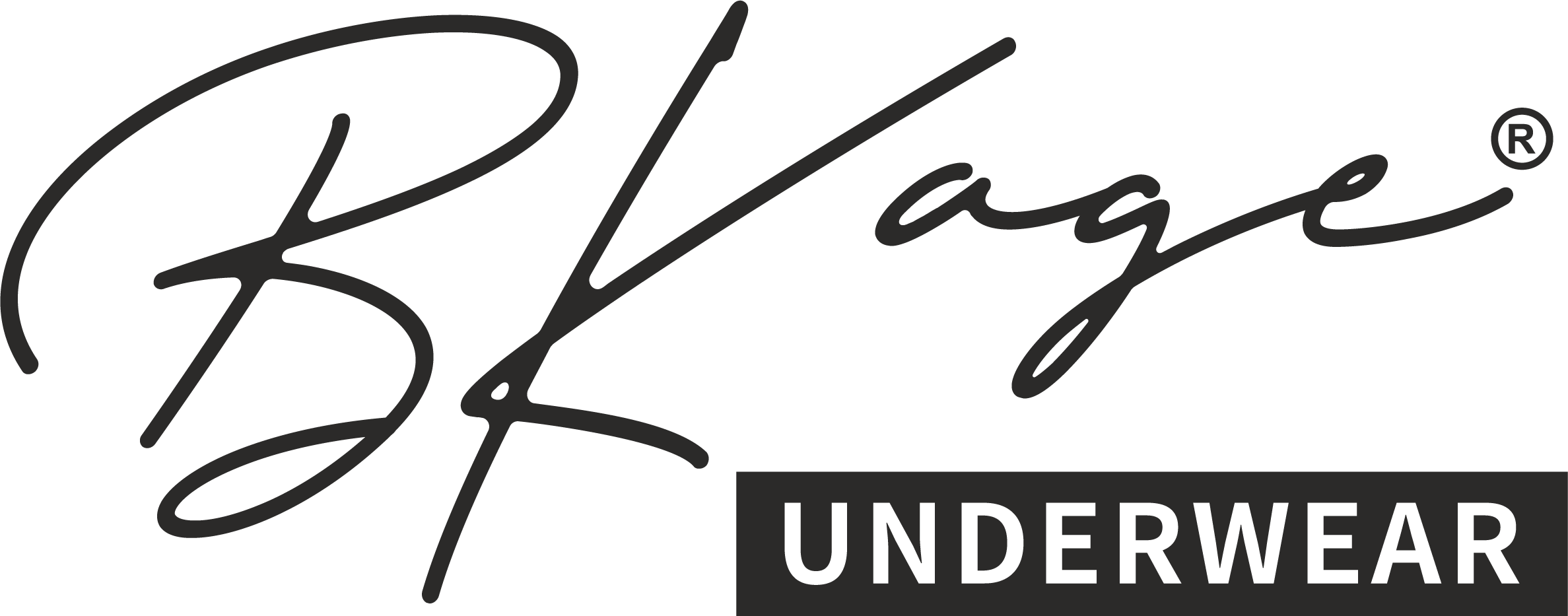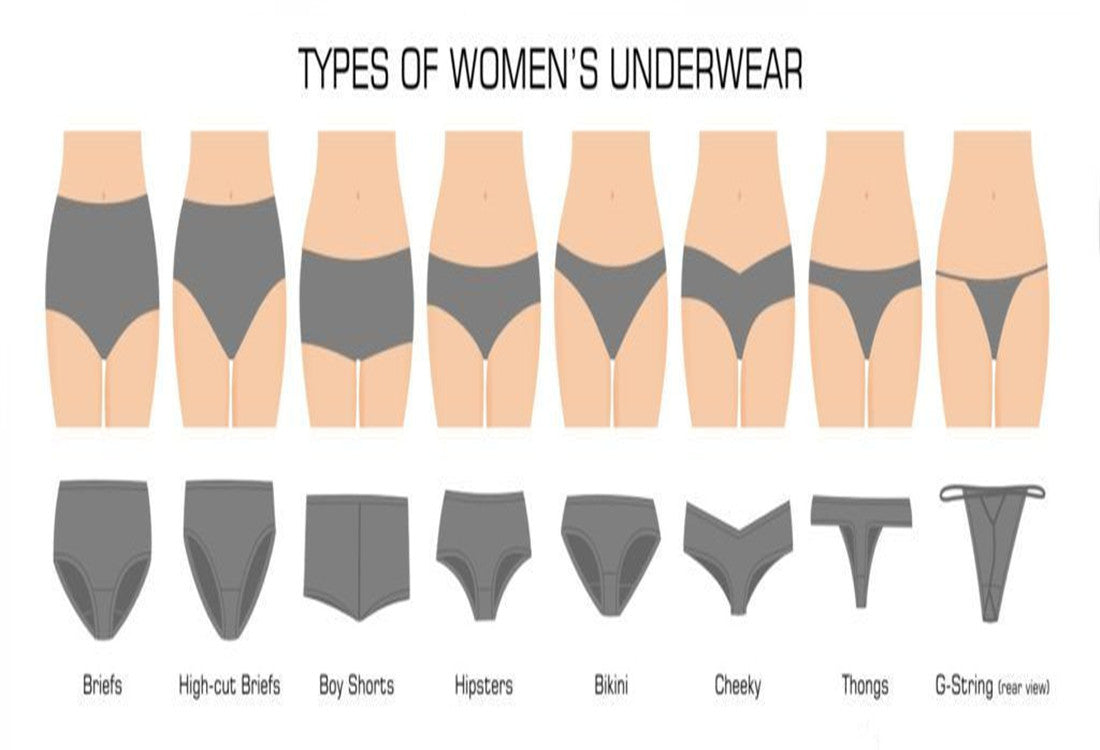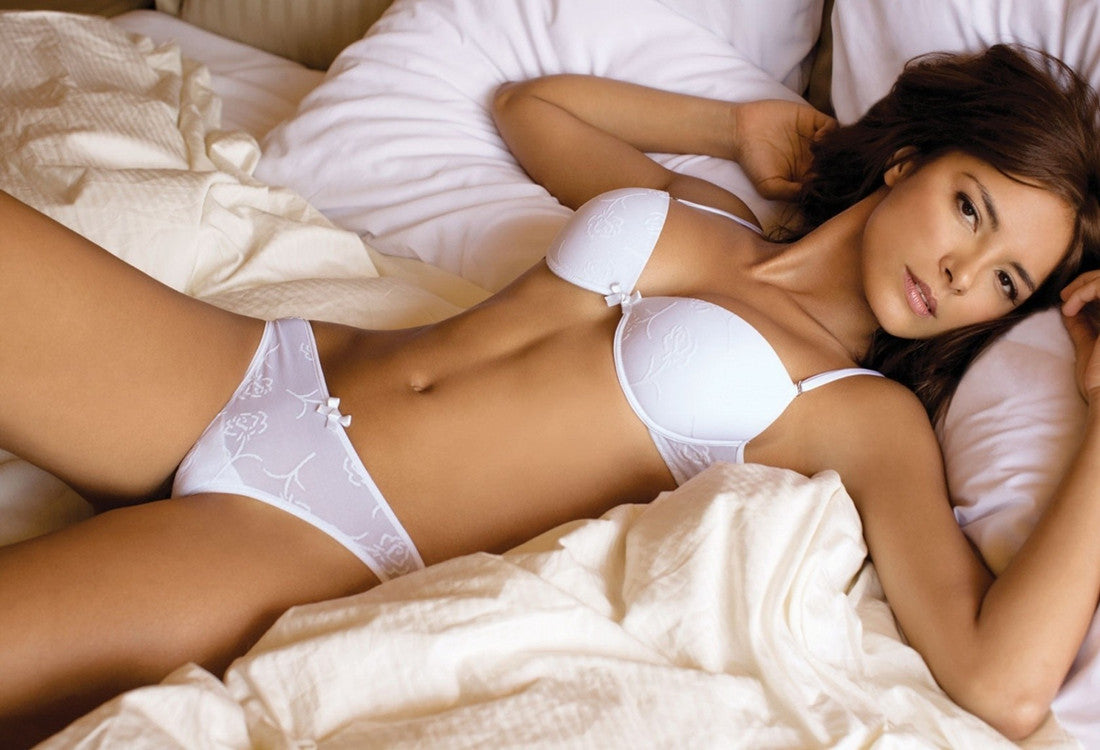For many of us, the word “lingerie” evokes images of soft skin decorated with leather and lace — basically things that you put on in order to take them off. For others, “lingerie” just refers to any type of undergarment, sexy or not. In truth, the word lingerie is borrowed from the French language, simply meaning undergarments, but is specifically used for more lightweight, often lacy, styles.
As you can imagine, the styles you see in Victoria’s Secret or from women’s underwear manufacturers like us are not exactly the same as the ones created by historical lingerie manufacturers.
Today, we’re going to take a trip to the past to uncover the history of lingerie to see how it became what it is today and how styles have evolved around the world.
1700s — Lingerie or torture devices?
Though similar iterations of the underwear we know and wear today had been created centuries before, it wasn’t until the 1700s that women’s underwear manufacturers began trying to create undergarments that look just as nice when not hidden under clothing: stays and corsets!
Whalebone-supported corsets, also known as stays, had been worn by women as early as the 13th century, but they were generally considered to be unsightly garments. Despite being terribly uncomfortable, it was considered improper for women not to wear stays.
French nobility performed a morning ceremony referred to as a toilette, where royal or high-ranking women would be dressed and undressed before the eyes of the court. These women didn’t want to be seen in any regular old ugly undergarments, so their dressmakers began to design stays in more flattering cuts and eye-catching colors.
Late 1800s — Corsets get curvier.
A later design of the stays, the S-curve corset is closer to the corsets we know today. S-curve corsets streamlined the waist, giving it a thin appearance, pushed the breasts up and together, making them look more voluptuous, and its whalebone boning constricted the back making it nearly impossible for the wearer to roll their shoulders forward and relax the back.
Rich women during this time often splurged on S-curve corsets made with decadent fabrics and intricate designs, echoing the expensive prices of modern lingerie manufacturers like Agent Provocateur.
1910s — Bridal lingerie designed to excite.
In the early 20th century, new brides decided they wanted to spice up their first night as a married woman. Though many women wore nightgowns to sleep, the bridal nightgowns during this time were specifically created to entice those who saw the wearer. Typically in gauzy white fabrics, the bridal nightgown delicately accentuated the female body and marked the consummation of marriage.
1920s — Lingerie worn as clothing is introduced.
In the 1920s, the flapper movement allowed for soft silhouettes and comfortable, short dresses. The slip, which had been previously only worn under women’s clothing to prevent any friction due to the stiff fabrics used at the time, was re-designed into the slip dress. Though it had the same design, it was thicker than the traditional slip and was able to be worn alone without being sheer.
1950s — Nothing to be shy about!
With consumerism on the rise and television sets appearing in homes, lingerie manufacturers knew exactly what to do to make sales go up: create campaigns with beautiful women wearing sexy undergarments that are designed to be aesthetically pleasing — pin-up! This is the first time that undergarments were openly advertised and were able to be shopped for without embarrassment. Around the same time, styles of matching bra and underwear sets and new cuts were emerging, just like the ones we know and love today.
1970s — Luxury lingerie becomes available to the masses.
Though there were a number of lingerie companies on the market, many of these brands were very expensive. In 1977, Roy Raymond launched the iconic company, Victoria’s Secret. The lingerie manufacturer created undergarments that were both beautiful and accessible.This turned the tides of public opinion, as women realized they didn’t need to have a special occasion to wear lingerie.
American lingerie vs. European lingerie: how are they different?
After the 1950s, lingerie began to evolve differently depending on where it was manufactured. Nowadays, you can get the same types of lingerie in both America and Europe, but what is popular with the public is very different.
Even though lingerie technically means the same thing around the world, European lingerie better fits the sexy, lacy description that comes to mind. Women’s lingerie manufacturers in countries like France treat lingerie like art, not just something to be worn under jeans and a t-shirt. Themed and intricate styles are popular, combining lace and other materials to create show stopping sets.
On the other hand, Americans like to be a bit more casual, and lingerie manufactured in the United States certainly echoes that preference. Informal fashion dominates both the clothing and lingerie markets, and while you can find delicate and beautiful lingerie in American fashion, comfortable and subtly sexy styles are more popular.
Want to create beautiful and comfortable lingerie of your own?
At BKage Underwear, we strive to be the premiere women’s underwear manufacturer and lingerie manufacturer. Whether you are looking for lacy lingerie that echo European preferences or something a bit more casual, like a bra and boxer briefs set, BKage Underwear is sure to have something that you will love. Customize every detail with our extensive choices — size, fabric, style, design, packaging, and wash label — to create the lingerie you’ve always dreamed of.
Whether you want to design lingerie for yourself or launch a brand, you won’t be disappointed when you partner with BKage Underwear. Contact us today!




